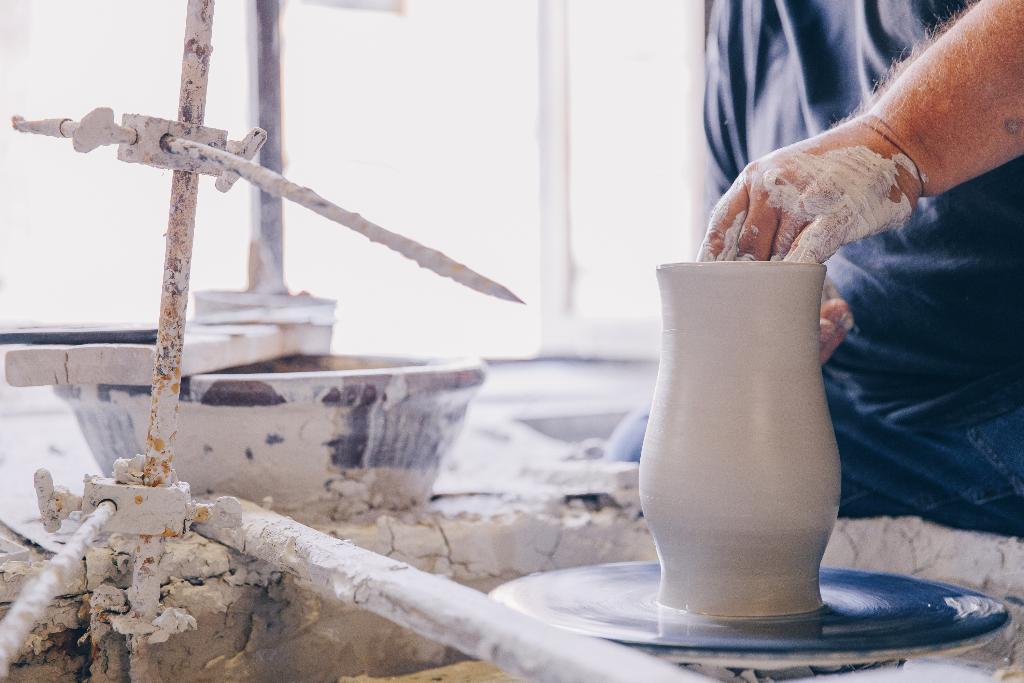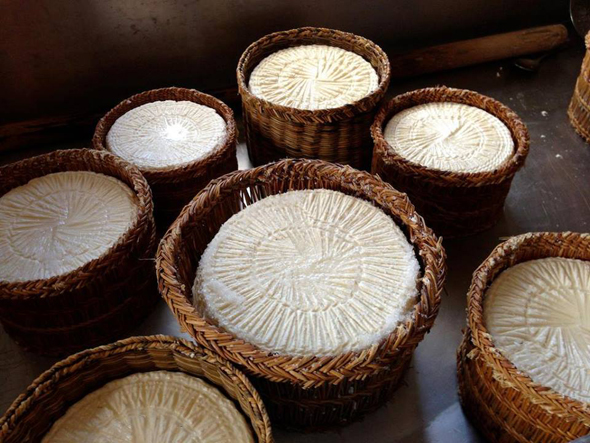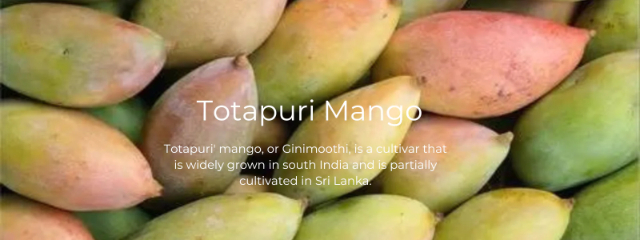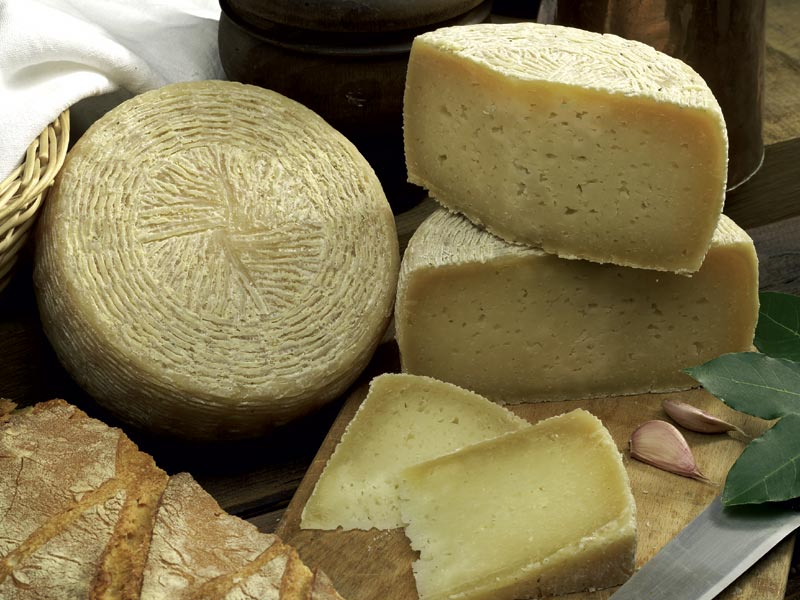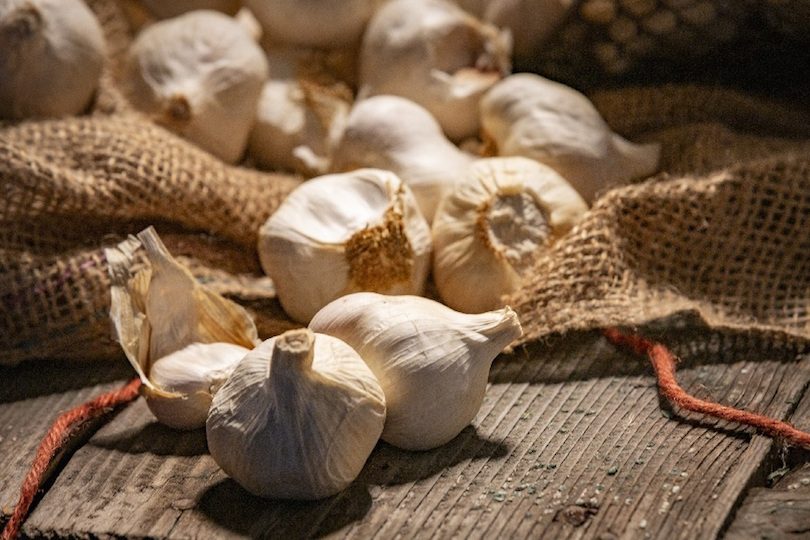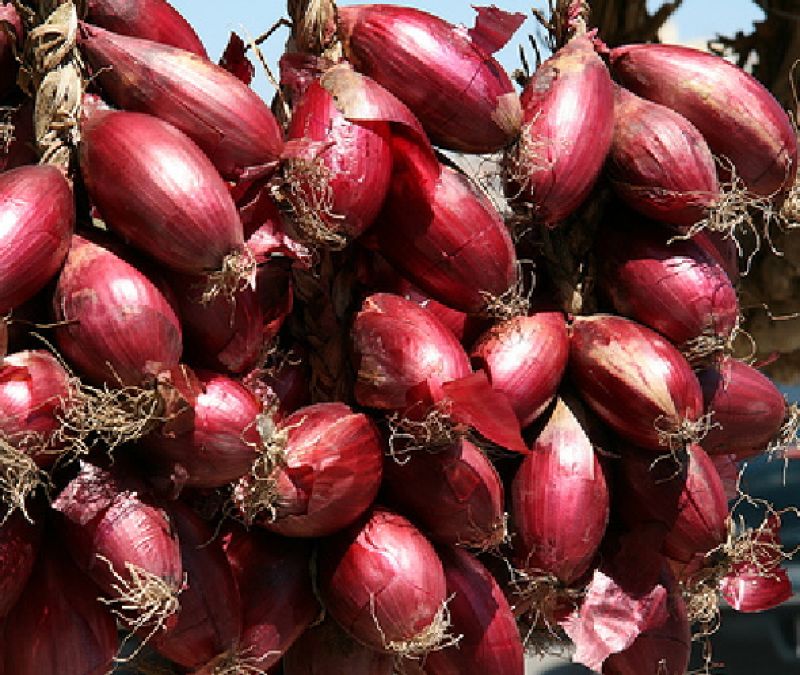The Torcetto is a product of dry pastry with natural rising, consisting of a stick of dough, covered with sugar, and folded where the two ends join assuming an oval shape – elongated, drop-shaped. The surface of the Torcetto is shiny thanks to the brushing with water and caster sugar.
The ingredients are: flour type 00, water, butter, yeast, malt and salt.
The "torchietti", as they were called in the 18th century because of their twisted shape, were already described in the book "Confetturiere Piemontese" published in 1790. In the "Trattato di cucina e pasticceria moderna" of 1854, Giovanni Vialardi, describes three recipes for "torchietti": the most obvious difference is the use of natural yeast instead of the beer yeast used today. Sandro Doglio, in his "Dictionary of Gastronomy of Piedmont", cites Lanzo as the probable town of origin of the Torcetto.
Traditionally, they originated as sweets made from bread dough, dipped in sugar or honey and prepared in the communal wood-burning ovens of the villages where, at one time, all the families baked their bread.
In the past they were large sticks of sweet bread, but from 1800 they became a real sweet, thanks to a less coarse flour, yeast, and especially the introduction of butter.
At first they were intended only for children, then they were presented at the end of the meal on family occasions (baptisms, weddings, etc.), sometimes accompanied by whipped cream (fioca), sprinkled with ground barley coffee or zabaglione.


